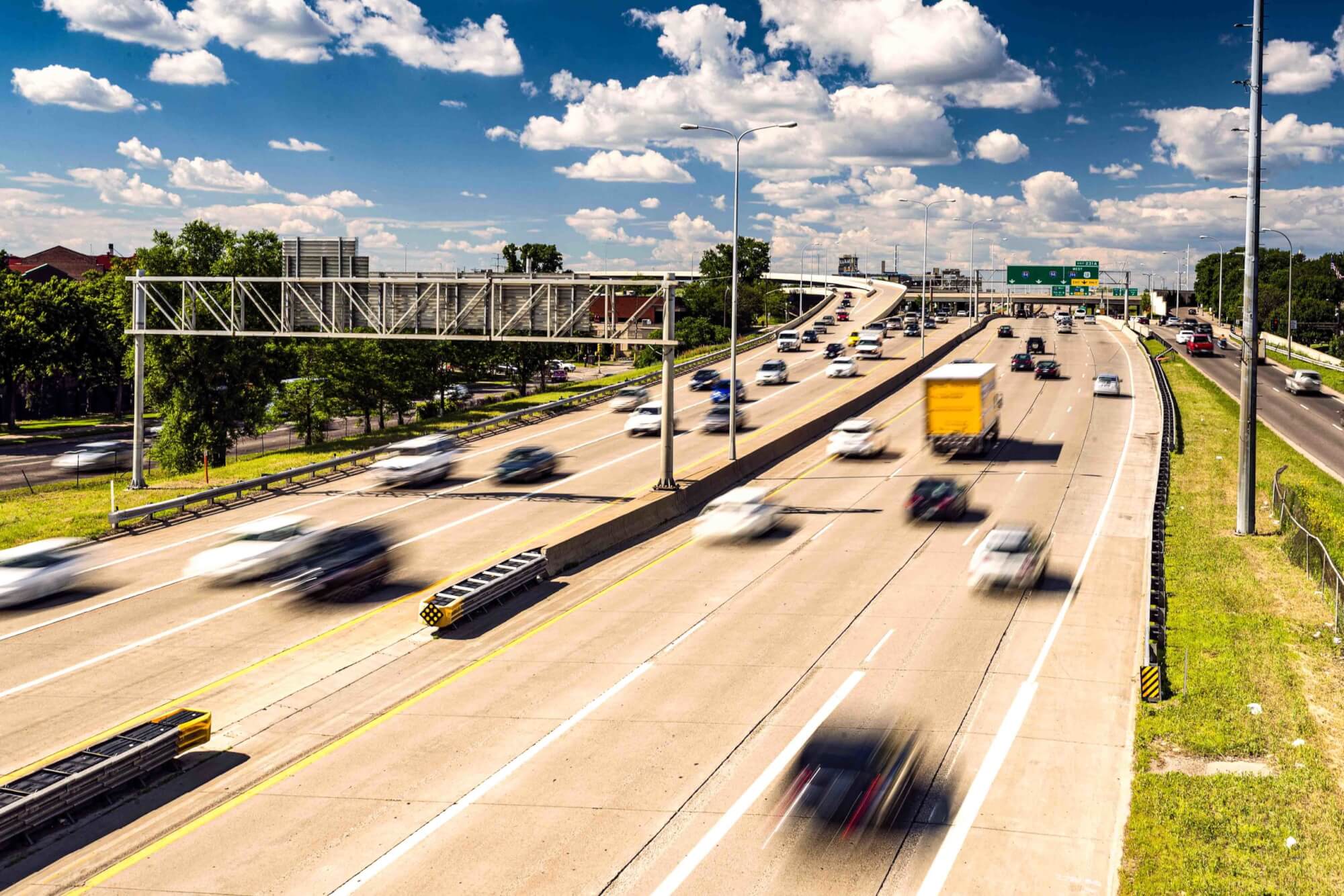
There are 3.5 million commercially licensed truck drivers in the United States, according to the American Trucking Association. Add in bus drivers, private shuttles, taxis, ride-sharing services, delivery services, movers and more, and there are tens if not hundreds of millions of people across the United States who spend part or most of their workday behind the wheel. Whether or not your employees drive as a primary function of their role (and may fall into the hired/non-owned category), you need to know that they’re being safe. Not knowing whether your employees violate traffic laws, have outdated licenses or are involved in a crash while on and off the clock could cost your company more than you think. To know how to reduce fleet accidents, it’s necessary to stay informed of the realities of often unfamiliar and less thought-of driver risk, as seen below.
Download Our Free Checklist: 6 Steps to Implement a Comprehensive Driver Safety Program
3 Unfamiliar Realities of Driver Risk Leading to Fleet Accidents
There’s a Gap in Knowledge
If you employ commercial truck drivers, you’re legally required to pull motor vehicle records at least once a year. For non-commercial drivers, employers check motor vehicle records (MVRs) only at hire or annually. Some employers don’t check MVRs at all. Such a gap leaves an employer with the potential to be found liable for any incident or fleet accident occurring on the clock.
You may be thinking to yourself after reading such a concept – “that’s why there’s liability insurance – right?” Partially true. While your insurance should cover any damage that employees cause, there’s a catch — most of if not all the time, insurance companies are concerned with who’s at fault.
Let’s say you hire a new employee with a clean driving record in June. Over the course of the next few months, they incur one or two moving violations off the clock in their personal vehicle. Although seemingly minor, these violations add up and create costly implications for the driver and the company.
Insurance Views Crashes Differently
Insurance companies are going to examine the most current driving records of both parties, subsequently deciding who’s at fault for damages. When they do, they’ll find that your employee has a history of moving violations but no action against those violations by your company.
If only pulling MVRs once a year, at-hire or simply not at all, there’s no way to know that the employee had these violations. Although it may sound like a convincing argument at first, it won’t matter to insurance companies. What they’ll see is that your company allowed an employee with a history of unsafe driving to get behind the wheel on behalf of your company and despite the opportunity to intervene, a crash occurred.
Very Few Speak Legal-ese
In some states, you may be at the mercy of legal concepts that crown your company responsible for fleet accidents. You want to avoid being found liable for “negligent hiring” or “negligent retention.” This means that you’re found guilty of hiring or keeping an employee with, in this case, an unsafe driving record. Despite not knowing about these infractions, your company can run the risk of being punished because of high-risk drivers and their bad behavior.
After all, a fleet accident could cost your company millions – whether it be the seemingly insurmountable legal fees brought on by a lawsuit, damages incurred, property damage, medical expenses, rising insurance premiums or loss of productivity. Even worse is the hit to the company’s brand and reputation.
According to a 2013 survey of 6,000 hiring managers and HR professionals, 27% of employers claimed that only one bad hire cost their business more than $50,000. Consider the additional costs that come with vehicular crashes without any injury, disablement or death – $4,600 – and the expenses start adding up.
Companies Need a Proactive Approach to Migtitate Driver Risk
Even though it’s widely accepted that fleet accidents cause major problems for companies, their drivers and even communities, most don’t realize that such hidden driver risk is lurking and ever-present. In fact, almost 60% of companies don’t have a driver safety program, two-thirds don’t pull employee driving records once a year and a quarter of companies use an electronic MVR system.
Despite those compelling numbers, 80% of companies say that driver safety is their number one priority. How can you gauge where your company is at in your driver risk management efforts? To find out, download our checklist today.




